
Under the BWSC theme ‘Dream bigger. Go farther,’ Bridgestone supports challengers in achieving their dreams.
Here, we applaud the initiative of a university student who is making solar-powered hearing aids accessible to children in developing countries.
A university student makes solar-powered hearing aids readily available to children throughout the world
According to statistics released by the World Health Organization, there are approximately 460 million hearing-impaired people worldwide. Of these, 34 million are children primarily from developing countries. Although hearing impairment in children is preventable in 60% of cases, intervention often comes too late due to delayed discovery or lack of money for treatment.
Children who cannot receive education without hearing aids
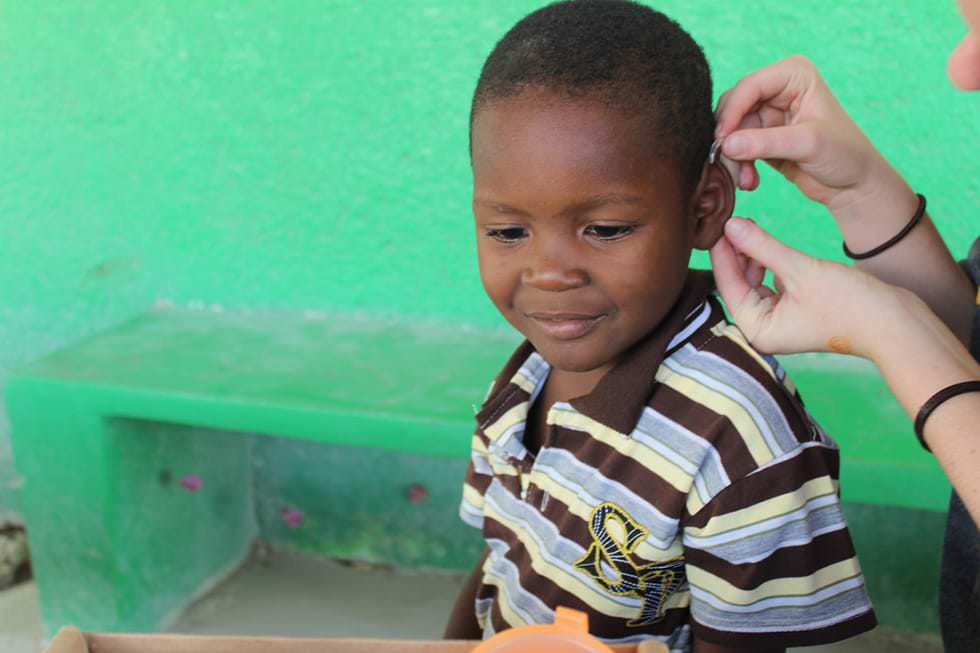
Developing countries do not have schools for children with impaired hearing. Moreover, these children cannot afford expensive hearing aids; thus, they lose out on receiving education and have difficulty finding jobs.
Even if they are able to afford a hearing aid, it eventually falls into disuse as they cannot pay for the batteries, which typically cost $1 a week, or because they live in small villages with no access to these batteries.
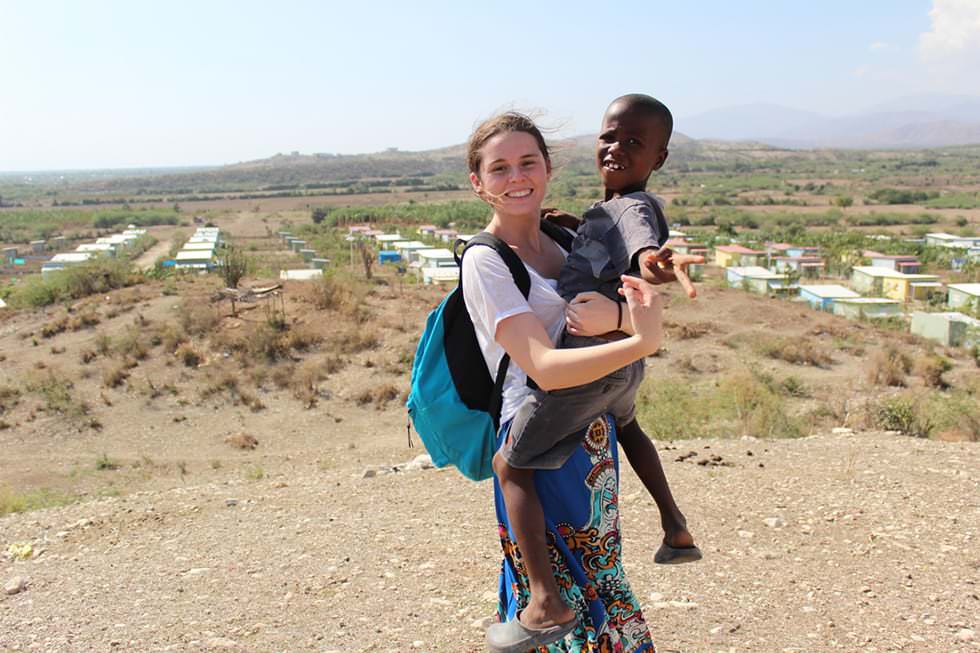
Ms. Grace O’Brien took up this challenge head-on. As the founder of Ears for Years, a non-profit organization, she aims to provide solar-powered hearing aids called Solar Ear to children in developing countries. As of April 2016, she has helped over 200 children.
Established Ears for Years at Age 14
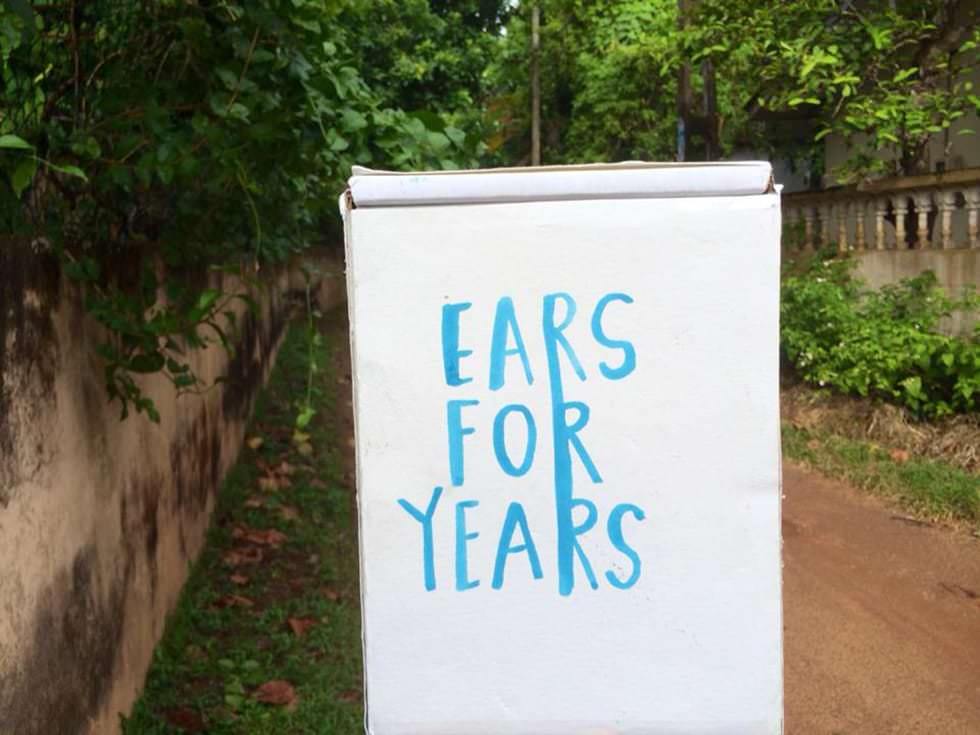
Ms. O’Brien became interested in hearing aids in 2011 when her father was diagnosed with a brain tumor and became hearing-impaired.
She thought about what she could do to help. Having the experience of studying theatre, she decided to teach acting to hearing-impaired children at a summer camp.
The participants were children with hearing aids or cochlear implants. Ms. O’Brien realized that hearing aids were indispensable for teaching kids and resolved to make hearing aids accessible to children who otherwise cannot afford them.
She established Ears for Years immediately after the summer camp ended at the age of 14. She started the initiative to make hearing aids easily available to children and give them the opportunity to receive education.
The world’s first solar-powered hearing aid, Solar Ear
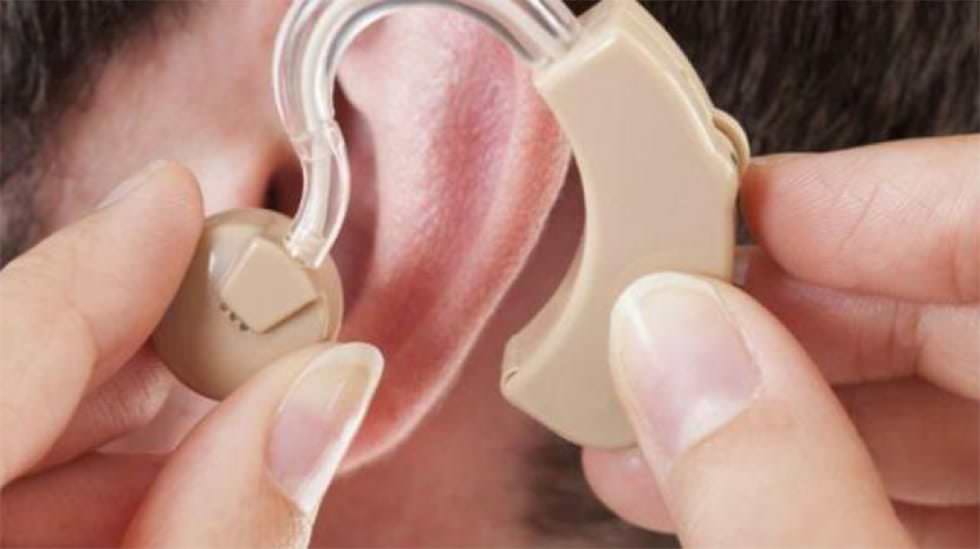
Fitting Solar Ear: image taken from official website
While in search of an inexpensive hearing aid with no battery replacement costs, she came across Solar Ear.
Solar Ear was developed by Canadian social entrepreneur Howard Weinstein in 2003. It is the world’s first solar-powered hearing aid. The device is inexpensive and uses solar power to charge the battery. As it does not incur any maintenance costs, children in developing countries can use it, thereby clearing the way for them to attend public schools.
Why Ms. O’Brien chose Solar Ear
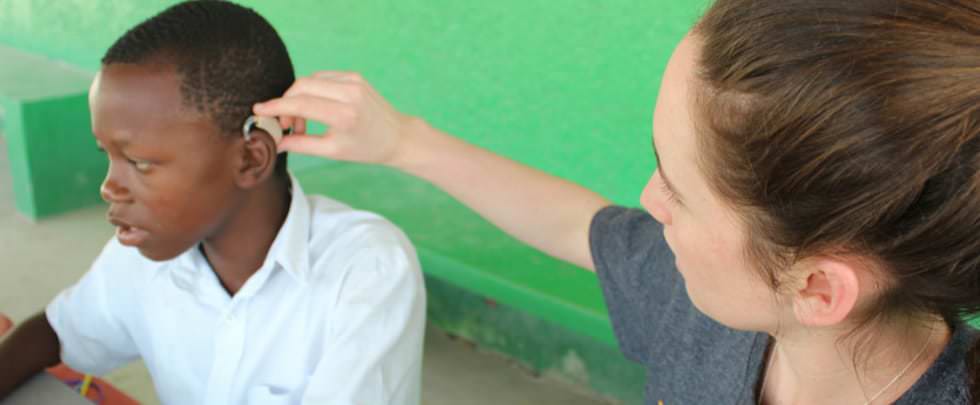
Solar Ear has three prominent features.
The first feature is that it uses a rechargeable battery with a long life. General hearing aids require the batteries to be replaced every 7–10 days, but Solar Ear batteries recharge using solar power and can be used for approximately three years. One battery costs just $1.
As these batteries can be used in 85% of hearing aids on the market, people who use hearing aids other than Solar Ear can make the switch; this will also lower the volume of batteries to be disposed of.
The second feature is that it is manufactured by the hearing-impaired. Solar Ear was developed for the hearing-impaired in developing countries to give them the chance to receive education and create job opportunities.
The third feature is its low price. While a general hearing aid costs approximately $1,000, Solar Ear, which includes both battery and a solar recharger, is available for $100. The most expensive model can be purchased for $250.
On a trip to deliver hearing aids to children via crowdfunding
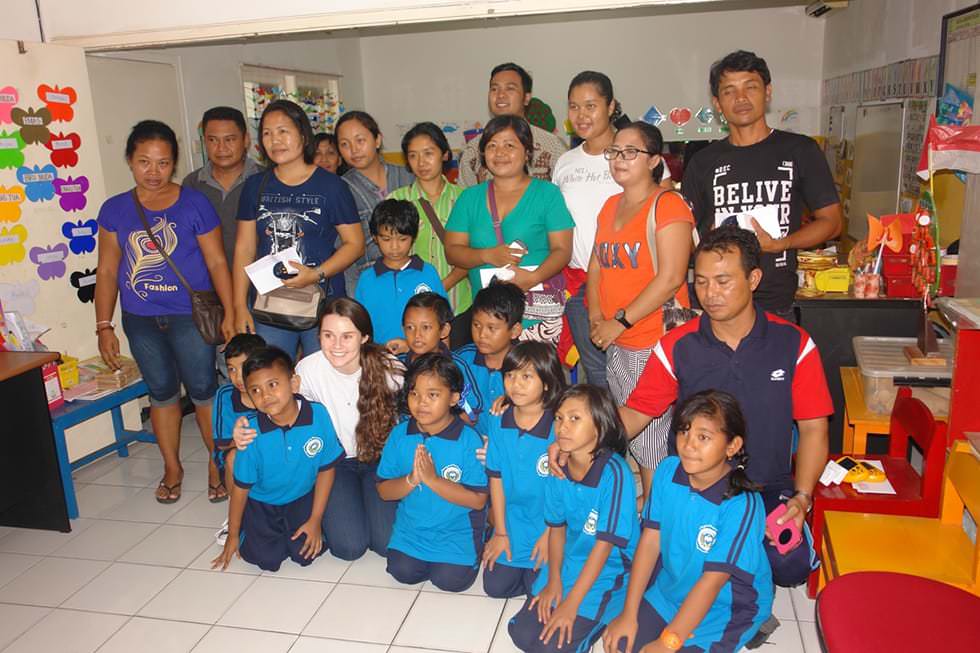
Ms. O’Brien promptly contacted Solar Ear after reading about them. Empathizing with her intentions, Solar Ear agreed to provide her with a main unit, a solar recharger, and four rechargeable batteries for $100.
To obtain the kit, she raised funds through donations, crowdfunding, and selling handmade leather bracelets. With the $4,370 that Ms. O’Brien raised, she delivered Solar Ear devices in Mexico, Sri Lanka, Haiti, South Korea, and Nicaragua.
Sustainable hearing aid for a better life
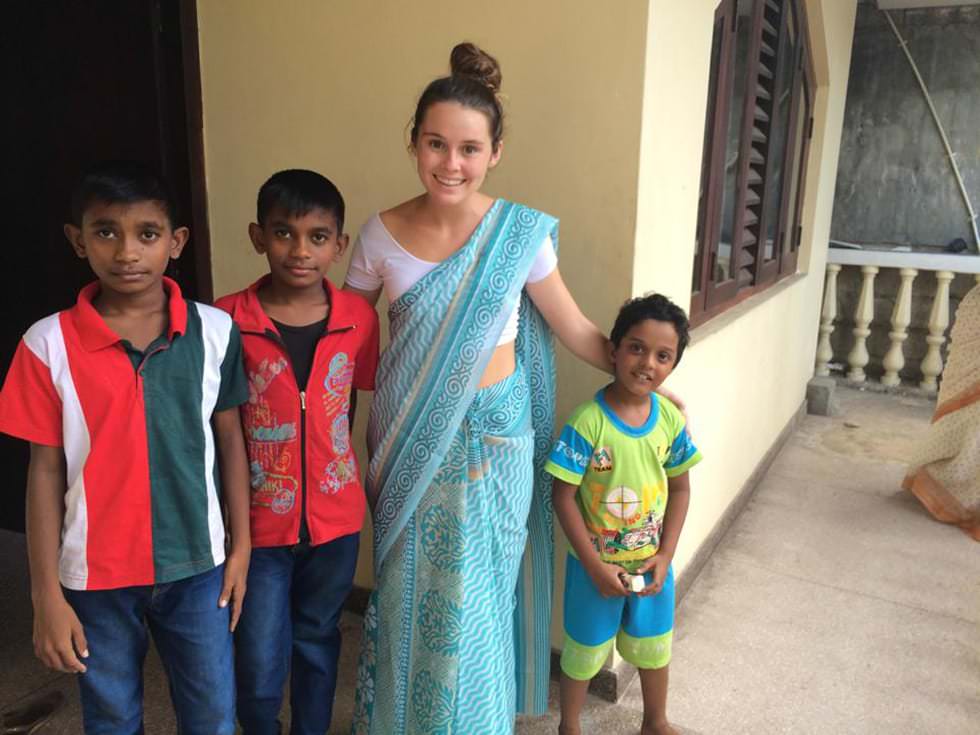
Solar Ear is now being manufactured in several countries worldwide, such as Brazil, China, Mexico, Russia, and Singapore. The hearing-impaired people are also part of the manufacturing process.
Ms. O’Brien’s wish is to create opportunities for people with impaired hearing for a brighter future.
A hearing aid with no battery replacement cost will be a boon to children in developing countries. Solar Ear, a sustainable solar-powered hearing aid, will give its users the chance to build a better life.
Source: Ears for Years

-
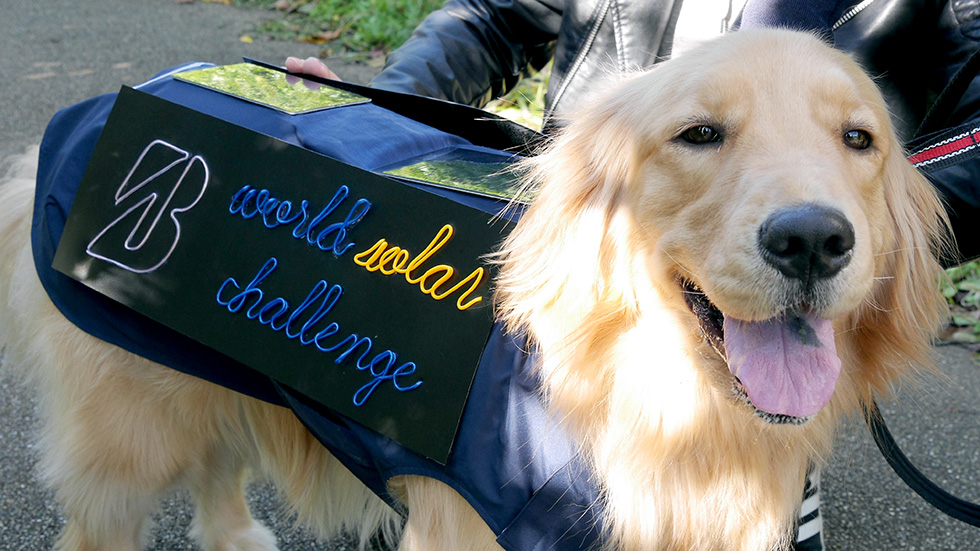
Kome, the popular Golden Retriever gives it a try! – A dog jacket that uses solar energy
-
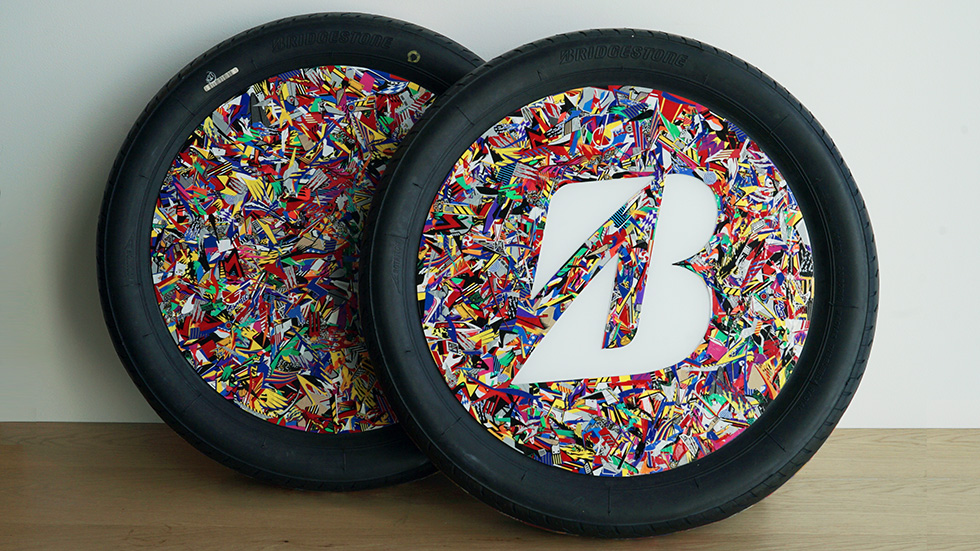
Dressing up tires with stickers for model cars! BWSC collage art piece by Funny Dress-up Lab
-
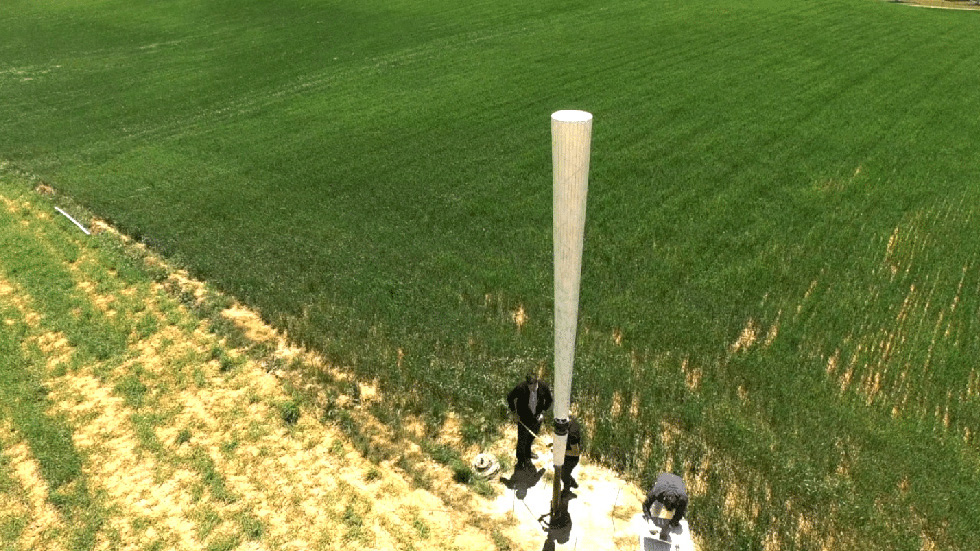
No blades! A pole-shaped wind turbine, Vortex Bladeless, generates power by shaking.
-
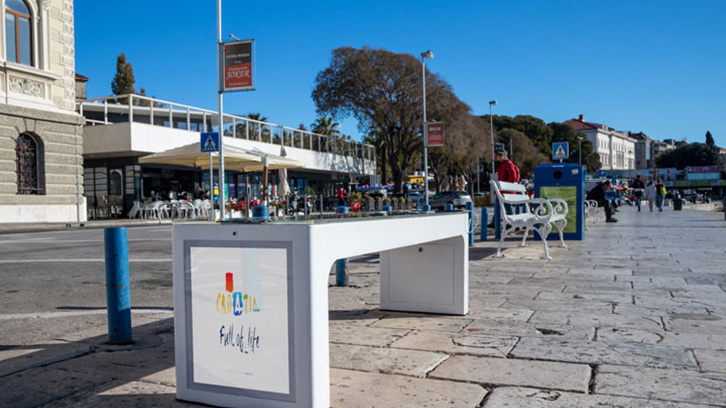
Solar-powered bench Steora as a device charger, Wi-Fi hotspot, advertising display, and CCTV!

-

Kome
Kome is a fluffy, one-year old Golden Retriever. She inherited the territory from her owner’s previous dog, ef. Affectionate and playful, Kome melts everyone’s heart with her sweet baby face in contrast to her impressive physique.efrinman Kome’s owner. She is an illustrator popular for her dog illustrations and comics.

Kome, the popular Golden Retriever gives it a try! – A dog jacket that uses solar energy
-

Funny Dress-up Lab
Collage artist. Fascinated by various aspects of decorative stickers, such as their vivid colors, unique shapes, misregistration, and the fact that they are now dead stock, he has been creating collage works using solely decorative stickers without altering them in any way. He will cease creating these works when the current stock in the world runs out.

Dressing up tires with stickers for model cars! BWSC collage art piece by Funny Dress-up Lab
-
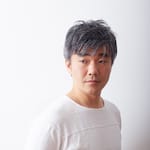
Taku Omura
Product designer. Taku Omura designs personal items, such as household goods and stationery, and develops his own products. His tweet with a hashtag, making proposals for corporate gifts without being asked, often becomes a trending topic on Twitter.
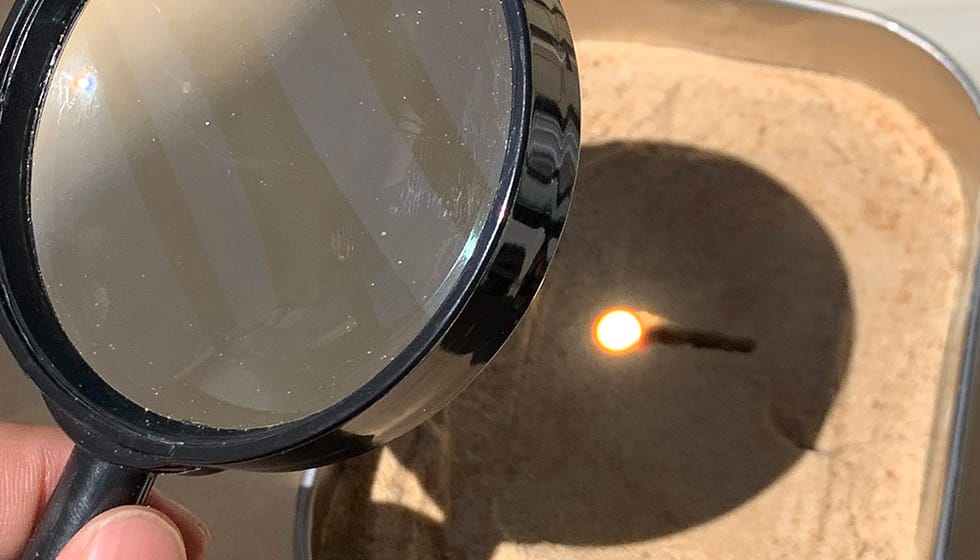
Give it a try! Taku Omura elaborates on solar-powered candy crafts with a magnifying glass
